Upper Mustang Trek (15 Days): Where the Himalayas Go Full Wild West
So, picture this—you’re 15 days deep in the Upper Mustang, and it hits you: you’re not in regular Nepal anymore. This place? It’s something else entirely. Think bone-dry cliffs that look straight out of a Star Wars set, medieval-looking villages where life hasn’t changed much in centuries, and skies so wide and silent they almost hum. The Upper Mustang Trek isn’t just another Himalayan trail—it’s a portal into an ancient Tibetan world that somehow dodged time.
We’re talking wind-carved caves used by monks, crumbling palace ruins in Lo Manthang, and trails that make you question your quads and your life choices—but in a good way. The best part? Hardly any crowds. It sits in the Annapurna rain shadow, so while other treks are drenched or jammed with tourists, you’re out here with dust in your boots and a grin on your face. If you’ve been Googling stuff like “remote Himalayan treks,” “hidden gems in Nepal,” or “culturally rich treks with fewer people,” stop. This is the one. Mustang doesn’t care about Instagram—it’s raw, it’s real, and it’ll mess with your head in the best possible way.
So here’s the deal—Upper Mustang isn’t for everyone. If you’re chasing green hills and Insta-worthy waterfalls, turn around now. This place? Dry. Rugged. Otherworldly. Like someone painted the Himalayas with red ochre and sandpaper. The moment you leave Kagbeni behind, the world shifts. No more tree-lined trails. It’s wide open, wind-chapped valleys, cliffs that look like melted wax, and silence so deep it messes with your head.
The trail rolls through forgotten villages where the wind is the loudest thing you hear. You climb dusty switchbacks that test your calves, drop into canyons that feel like they haven’t changed in 600 years, then boom—you’re staring at sky caves and crumbling gompas tucked into rock walls. You’re above 3,500 meters for most of it, and yeah, the air gets thin. Headaches happen. You deal.
Lo Manthang? Feels like stumbling into a time capsule. Mud-brick walls, monks whispering chants behind wooden doors, and that smell of incense mixed with horse sweat. Not touristy. Not fake. Just raw and weirdly peaceful. Every corner has history baked into it—some of it sacred, some of it just plain strange.
And the views—man. Not your classic snowcaps-in-the-distance thing. These are bold, sun-blasted cliffs and jagged ridgelines stretching forever. Shadows shift fast out here. One minute, you’re in a postcard. Next minute, you’re in a dust storm, wondering what planet you’re on. And yet… it gets under your skin. You walk, you breathe, you curse the wind, and somewhere along the way, you realize—you’re not just seeing Mustang. You’re feeling it.
"Nature in Upper Mustang? Buckle Up for Earth’s Weirdest High-Altitude Desert Party
Let’s be real—you’re not here for lush jungles. Upper Mustang’s flora and fauna play by different rules. This 15-day trek slams you into a Mars-meets-Tibet landscape where the only ‘forests’ are skeletal juniper trees clinging to cliffs like stubborn old hermits. Between Kagbeni and Lo Manthang, the Kali Gandaki gorge throws curveballs: one minute it’s Martian red dust, the next you’re spotting blue sheep (aka bharal) doing parkour on 80-degree slopes.
Biodiversity Hotspots You’ll Actually Care About:
- Chhoser Caves area: Where snow leopards probably ghosted you (their paw prints in dawn frost don’t lie)
- Dhakmar’s ‘Red Cliffs’: Not just a photo op—listen for the phew phew of Himalayan griffons riding thermals
- Lo Manthang’s fields: Watch yaks and dzo hybrids mow down barley like it’s their last meal (because, at 3,800m, it might be)
Vegetation Zones? More Like Survival Tiers:
- Below 3,000m: Last gasp of buckthorn and sea buckthorn (sour berries = emergency trail snacks)
- 3,000m-4,000m: Juniper sentinels smelling like gin and bad decisions
- Above 4,000m: Lichen that’s been here since Genghis Khan’s era, probably
Wildlife Reality Check:
You won’t see tigers. But dawn near Tsarang? That’s when the Himalayan foxes do their creepy-cute rodent hunts. And if you don’t hear the croak of ravens at 4 AM, did you even trek Mustang?"
Upper Mustang Trek Route: Where the Himalayas Get Fabolous
Let’s just be honest—this isn’t your average Nepal trek. The Upper Mustang trail is a 15-day expedition through a high-altitude desert that feels part-Tibetan dreamscape, part-Wild West drama. You’ll kick things off in Kathmandu—chaotic, loud, fragrant with incense and momos—and make a quick stop in Pokhara. (Side tip: grab your last decent coffee there—because once you leave, it’s instant mix for days.)
Then comes the wild flight to Jomsom—tight plane, wind-swept runway, and that gut-punch moment when the Himalayas open up in every direction. And just like that, you’re thrown into the Kali Gandaki gorge.
From here, it’s all in:
Kagbeni to Chele
The trail’s a shifting canvas. Apple orchards fade into raw, wind-carved cliffs and Tibetan-style hamlets. Prayer flags snap like Morse code in the sky, and the altitude starts whispering in your lungs.
Syangboche to Ghami
Now it’s Mustang’s wild canyon phase—deep rust-colored gorges, caves punched into rock faces, and ancient mani walls stretching into the horizon. No cell towers. No noise. Just you, the wind, and centuries of footsteps.
Lo Manthang
This is the prize. A legit walled kingdom straight out of a forgotten storybook. Here, you’ll cross paths with robed monks, weathered yak herders, and dusty alleyways that seem stuck in another time. The silence? It’s sacred.
On the Way Back (Cue the Leg Burn)
- Dhakmar’s red cliffs look like something exploded—geologically speaking.
- The descent to Chuksang might read “easy” on paper, but your thighs will call it a lie.
- And that final stretch to Jomsom? Pure bliss. Think cold beer, a bed with sheets, and air you don’t have to fight for.
Why Upper Mustang Wrecks You—in the Best Way:
- Altitude hustle: Starts around 2,800m in Kagbeni and climbs to 4,200m at Lo La. Your lungs will earn every breath.
- Raw culture: From red-robed monks in Charang to the underground labyrinths of Chhoser, it’s like stepping into another century.
- Landscape insanity: One morning you’re crunching across moon-dust valleys, the next you’re staring down at glacier-coated Dhaulagiri.
Insider Truths:
- Those Jomsom flights? Half the time, they’re grounded. Plan buffer days like your trek depends on it—because it does.
- And that descent from Dhakmar to Chuksang? Nobody talks about how brutal it is. Bring poles. Your knees will thank you.
- But oh—those views? They hit different when you’ve earned every single one of them.
This isn’t just another hike. It’s a deep dive into a kingdom that almost slipped through history’s cracks. Dust in your boots, silence in your soul, and a camera roll full of moments no Instagram filter could do justice.
Upper Mustang Trek Highlights: 12 Reasons This "Forbidden Kingdom" Will Steal Your Soul
Let’s be honest – most treks promise "unforgettable" moments. Upper Mustang delivers actually mind-blowing ones. This isn’t just a hike; it’s a 15-day time warp through Tibetan-flavored deserts, medieval kingdoms, and landscapes that look Photoshopped (but trust me, your burning quads will confirm it’s real). Here’s what’ll sear itself into your memory:
Top 12 Upper Mustang Trek Highlights
- Lo Manthang’s Walled City (3,840m) – Step into a living medieval painting where monks chant in 15th-century monasteries and yaks roam like they own the place (they kinda do).
- Kali Gandaki Gorge – Trek the world’s deepest canyon, where the wind howls like a pissed-off demon and the cliffs glow Martian red at sunset.
- Jomsom to Kagbeni – A 20-minute white-knuckle ride past Annapurna’s fangs that’ll make your stomach drop (in a good way… mostly).
- Chhoser Cave Complex – Clamber through ancient tunnels where hermits meditated for decades (the silence here? Thicker than yak butter tea).
- Dhakmar’s Blood-Red Cliffs – These surreal, rust-colored walls look like the Himalayas bled out (don’t worry, it’s just iron oxide doing its thing).
- Tiji Festival (May only) – If you time it right, catch this psychedelic masked dance ritual where monks battle demons (and your camera goes into overdrive).
- Lo La Pass (4,200m) – The highest point of the trek, where the prayer flags outnumber your regrets and Dhaulagiri flexes in the distance.
- Tibetan Culture Overload – From mani walls longer than city blocks to chortens guarding every pass, this is Nepal’s closest thing to Tibet without the visa drama.
- Syangboche’s "Sky Caves" – Cliffside holes so mysterious, even archaeologists argue about who built them (aliens? Medieval ninjas? Your guess).
- Chele’s Canyon Trails – Narrow paths etched into sheer cliffs that’ll make you hug the wall like a scared cat (worth it for the views).
- Ghiling’s Starry Nights – With zero light pollution, the Milky Way looks so crisp you’ll try to grab it (altitude sickness may or may not be a factor here).
- That First Sight of Nilgiri – When the 7,061m peak reveals itself behind a dust cloud, you’ll forget every blister.
(Pro Tip: The "easy" downhill to Chuksang? Lies. It’s a quad-shredding 5-hour knee wrecker. Pack ibuprofen.)
Upper Mustang Trek Seasons: When to Go
Let’s settle this right now – Upper Mustang doesn’t play by Nepal’s usual trekking rules. While the rest of the country drowns in monsoon rains, this rain-shadowed desert stays drier than your sense of humor at 4,000m. But timing still matters. Here’s the real deal on seasons, straight from someone who’s eaten dust (and frozen their toes off) in all of them:
Best Time to Trek Upper Mustang
→ March-May (Spring):
- Why it rocks: Day temps hit 15-20°C (perfect for stripping off layers), wildflowers punch through the dust, and the Tiji Festival (May) turns Lo Manthang into a psychedelic Buddhist carnival.
- Watch for: Afternoon winds in the gorge could knock over a yak (pack that buff). Snowmelt makes river crossings sketchy near Kagbeni early season.
→ September-November (Autumn):
- The GOAT season: Crystal-clear skies = Annapurna views so sharp they’ll hurt your feelings. Stable trails, no monsoon muck, and teahouse owners are still awake after high season.
- Pro tip: Book Jomsom flights early – every trekker and their grandma wants this weather window. Nights get cold (-5°C in Lo Manthang), but that just means better stargazing.
Shoulder Seasons (For the Brave & Budget-Savvy)
→ February & December (Winter):
- Silver linings: Zero crowds, surreal frost patterns on the cliffs, and cheap deals.
- Reality check: -10°C at night isn’t uncommon. Some teahouses close, and flights get canceled more than a Kardashian wedding.
→ June-August (Monsoon):
- Plot twist: While Kathmandu floods, Mustang stays relatively dry (it’s in the rain shadow). But landslides can block trails near Jomsom, and humidity makes dust stick to your sweat in gross new ways.
Seasonal Wild Cards
- Flora & fauna flex: Spring = migratory birds losing their minds over the Kali Gandaki. Autumn = blue sheep (bharal) are more active at dawn.
- Altitude headaches: Weather’s more stable in autumn, but spring has better oxygen levels (blame science).
- Photography hacks: September light makes Dhakmar’s red cliffs glow like embers. April’s softer light flatters Lo Manthang’s wrinkles.
Final Verdict:
If you hate crowds and love a gamble, February’s icy solitude has its charm. But for first-timers? October is king – stable trails, epic views, and just enough fellow trekkers to share your “holy crap” moments with.
Upper Mustang Food & Lodging: Where Yak Dung Fuels the Stoves
Let’s get one thing straight—this isn’t the Annapurna Circuit with its pizza parlors and Wi-Fi cafes. Upper Mustang’s teahouses are authentic (read: rustic AF). But that’s part of the charm—if you’re cool with lumpy pillows, candlelit dinners, and the occasional mouse roommate. Here’s the breakdown:
Teahouses: From "Cozy" to "Is This a Goat Shed?"
→ Lower Mustang (Kagbeni to Chele):
- Expect: Basic but clean rooms—thin mattresses, shared squat toilets (bring TP), and solar-powered "hot" showers (quotations intentional).
- Pro tip: The Apple Garden Lodge in Kagbeni has the last proper apple pie until civilization.
→ Mid-Elevation (Syangboche to Ghami):
- Reality check: Walls get thinner, blankets get scratchier, and the "bathroom" might be an outhouse with a view (hey, at least it’s scenic).
- Silver lining: Family-run spots like Ghami’s Tashi Lhakang have courtyards perfect for swapping stories with fellow dust-covered trekkers.
→ Lo Manthang & Beyond:
- "Luxury" defined: A few places (like Hotel Lo Mustang) offer attached bathrooms—but "hot water" depends on whether the yak dung stove’s cooperating.
- Cold truth: At 3,800m, you’ll be sleeping in your puffer jacket. No shame.
Food: Dal Bhat Power
→ The Staples:
- Dal bhat: The carb-loaded lifeline. Pro tip: Ask for seconds ("ani dinus")—it’s free at most spots.
- Tibetan specialties: Thenthuk (noodle soup), momos (dumplings), and tsampa (roasted barley flour)—great for altitude energy, less great for flavor explosions.
- Breakfasts: Oatmeal that could double as wallpaper paste, and "Tibetan bread" (aka fried dough—embrace the grease).
→ Surprise Hits:
- Mustang’s secret weapon: Marpha brandy (apple liquor) in Dhakmar—liquid courage for the next day’s cliffs.
- Lo Manthang’s bakery: Yes, really. Their tingmo (steamed bread) is worth the 5-day walk.
→ Hygiene (Or Lack Thereof):
- Rule #1: Peel it, boil it, or forget it. Salads = Russian roulette.
- Water: Bottled or treated—unless you enjoy playing “guess the parasite.”
- Tea houses vs. reality: Menus promise "pasta" and "pizza," but expect a creative interpretation (think: ketchup on stale tortillas).
Altitude & Appetite: The Struggle Is Real
- Above 3,500m: Your stomach might nope out. Force down carbs anyway—dehydration + altitude + empty stomach = bad news.
- Pro move: Pack Snickers and electrolytes. The day you find a melted one at the bottom of your bag will feel like winning the lottery.
Final Verdict
You’re not here for the Ritz. You’re here for:
- Sunrise views from your frigid bedroom window
- The camaraderie of shared suffering over raksi (local moonshine)
- The glory of that first hot shower back in Jomsom
Bottom line: If you can handle squat toilets and the occasional mystery meat, the trade-off—starry skies, yak butter tea sunrises, and zero tourists—is 100% worth it.
Upper Mustang Trek Permits: The Bureaucratic Hassle
Let’s cut through the red tape—Upper Mustang isn’t your average Nepal trek where you can wing it with a TIMS card and a smile. This is a Restricted Area, which means more paperwork (and more $$$). But hey, that’s the price of stepping into a semi-secret kingdom. Here’s the no-nonsense breakdown:
The Big 3 Permits You Can’t Skip
1. Annapurna Conservation Area Permit (ACAP)
- Cost: NPR 3,000 (≈ USD $25) for foreigners | NPR 1,000 for SAARC nationals
Where to get it:
- Kathmandu: Nepal Tourism Board office (bring passport + 2 passport photos)
- Pokhara: ACAP counter at Tourism Board office (faster, less chaotic)
- Why it matters: Covers the first leg (Jomsom to Kagbeni) before the real Mustang magic begins.
2. Upper Mustang Restricted Area Permit (RAP)
- Cost: USD $500 (yes, for 10 days) | Additional days = $50/day (ouch)
Where to get it:
- Kathmandu only: Department of Immigration (or through your trekking agency—highly recommended unless you love bureaucratic purgatory)
Non-negotiable rules:
- Must have a guide. Solo trekking? Not here, buddy.
- Fixed itinerary. Stray off your planned route, and the army checkpoints will turn you around.
- Permit = gold. Lose it, and you’re paying again (or kissing Lo Manthang goodbye).
3. Trekkers’ Information Management System (TIMS) Card
- Cost: NPR 2,000 (≈ USD $17) | Free if you’re with a licensed agency (they handle it)
- Where to get it: Same spots as ACAP (Kathmandu/Pokhara tourism boards)
- FYI: Technically optional if you have RAP, but some checkpoints ask for it anyway. Just get it.
Special Notes & Pro Tips
- Cash rules: No credit cards at permit offices. Bring crisp USD or NPR (they’re picky about torn bills).
- Photos: Need 4 extra passport pics total (2 for ACAP, 2 for RAP). Smile (or don’t—they don’t care).
- Timing: Permits aren’t sold in Mustang itself. Get everything before flying to Jomsom.
- Checkpoints: Army posts in Kagbeni and Lo Manthang will inspect your permits. No faking it.
Why This Permit Pain is Worth It
- No crowds: The $500 RAP fee keeps Instagram hordes away. Your reward? Empty trails and real Tibetan culture.
- Safety net: Guides aren’t just a rule—they’re lifesavers when altitude hits or trails vanish in dust storms.
- Bragging rights: How many people can say they’ve legally trekked a former forbidden kingdom?
Bottom line: Yes, it’s pricey. Yes, the paperwork’s annoying. But stepping into Lo Manthang without a military escort? Priceless.
Upper Mustang Trek Fitness Guide: The Truth About That "Moderate" Rating
Let’s get real—that "moderate" difficulty label you see on blogs? It’s lying. Upper Mustang won’t kill you, but it will humble you. This isn’t a stroll through Pokhara’s lakeside. It’s 15 days of high-altitude desert trekking, where thin air, relentless sun, and knee-wrecking descents separate the prepared from the miserable. Here’s what your body’s actually signing up for:
The Fitness Lowdown
1. Altitude: Where Oxygen Goes to Die
- Max elevation: 4,200m (Lo La Pass) – That’s 40% less oxygen than sea level.
- How it feels: Imagine breathing through a coffee stirrer while climbing stairs.
Acclimatization non-negotiables:
- Chele (3,050m) & Ghami (3,520m): These "rest days" aren’t optional. Your headache will tell you why.
- Hydration game: 4L water/day minimum. Pee should be clear, or you’re doing it wrong.
2. Daily Grind: Distances & Terrain
- Average walking: 5-7 hours/day (12-15km), but distance deceives.
- Trail reality: Rocky riverbeds, loose scree, and calf-burning 4,000m passes.
- Kali Gandaki winds: Gusts hit 60km/h—prepare to walk sideways like a drunk crab.
- Biggest poing: The "easy" descent from Lo La Pass to Dhakmar. 900m down on switchbacks that’ll make your quads scream.
3. Training: How to Not Hate Yourself
- Cardio: 45+ min of stairmaster or hill hikes with a loaded pack (10kg+) 3x/week.
- Leg strength: Lunges until you cry. Downhill is worse than uphill here.
- Mental prep: Practice walking in dust storms (tie a bandana over your face and blast a hair dryer at yourself for realism).
Who Should (and Shouldn’t) Do This Trek
Good fit if you:
- Can hike 6 hours with breaks without needing a stretcher.
- Have done at least one high-altitude trek (Everest ABC, Annapurna Base Camp).
- Don’t mind zero showers for days (baby wipes = your new religion).
❌ Rethink if you:
- Think "cardio" means chasing the ice cream truck.
- Have untreated knee issues (those descents don’t play nice).
- Expect emergency evacuation to be quick (Jomsom’s prop planes don’t fly in storms).
Pro Tips to Survive & Thrive
- Footwear: Break in boots before the trek—blisters at 3,800m are a special kind of hell.
- Pole life: Trekking poles aren’t for dads. They’re for saving your knees on 2,000m descents.
- Snack strategy: Electrolytes & nuts > energy bars (those things freeze solid at night).
Bottom line: This trek rewards preparedness. Train hard, respect altitude, and embrace the dust—it’s all part of the Mustang magic.
Craving an off-road Himalayan thrill? The Upper Mustang Bike Tour is perfect for adventure seekers, combining rugged mountain trails, high-altitude passes, and dramatic desert scenery for an unforgettable cycling expedition through Nepal’s forbidden kingdom.
🧭 Alternative Tours & Packages
- Premium Upper Mustang Heli Trek
Experience the Mustang region in style with this premium helicopter-supported trek, combining spectacular aerial views with comfortable lodges and a chance to explore the remote desert landscapes and Tibetan culture with ease.
- Upper Dolpo to Mustang Trek
Embark on an epic expedition linking the remote Upper Dolpo region with Mustang, offering rugged trails, breathtaking mountain scenery, and deep cultural encounters in two of Nepal’s most isolated Himalayan areas.
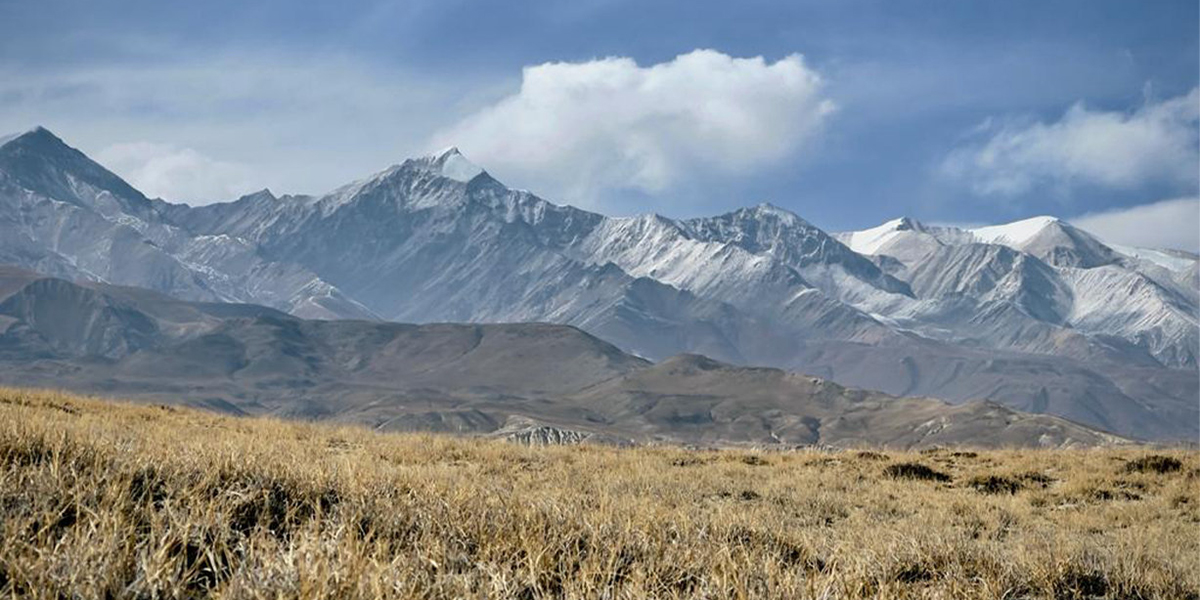
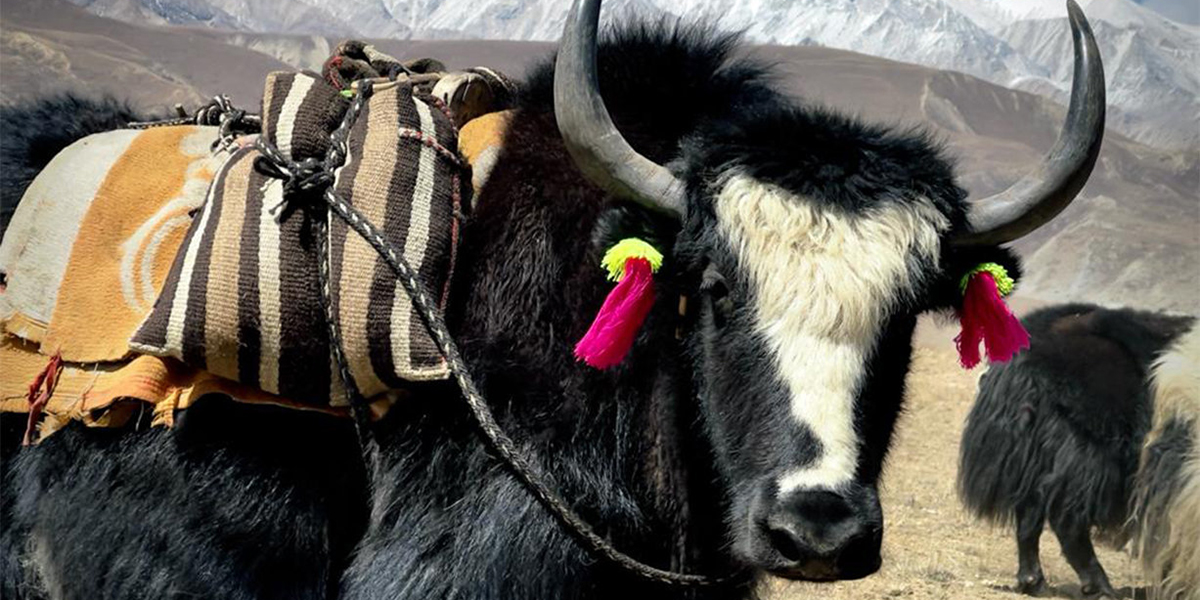
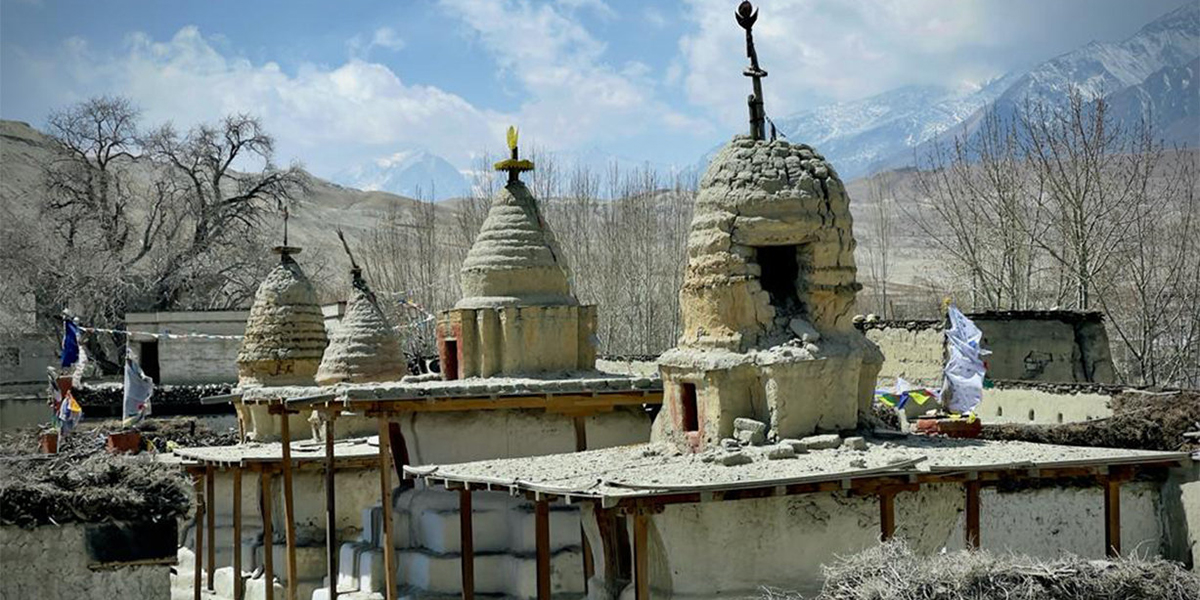
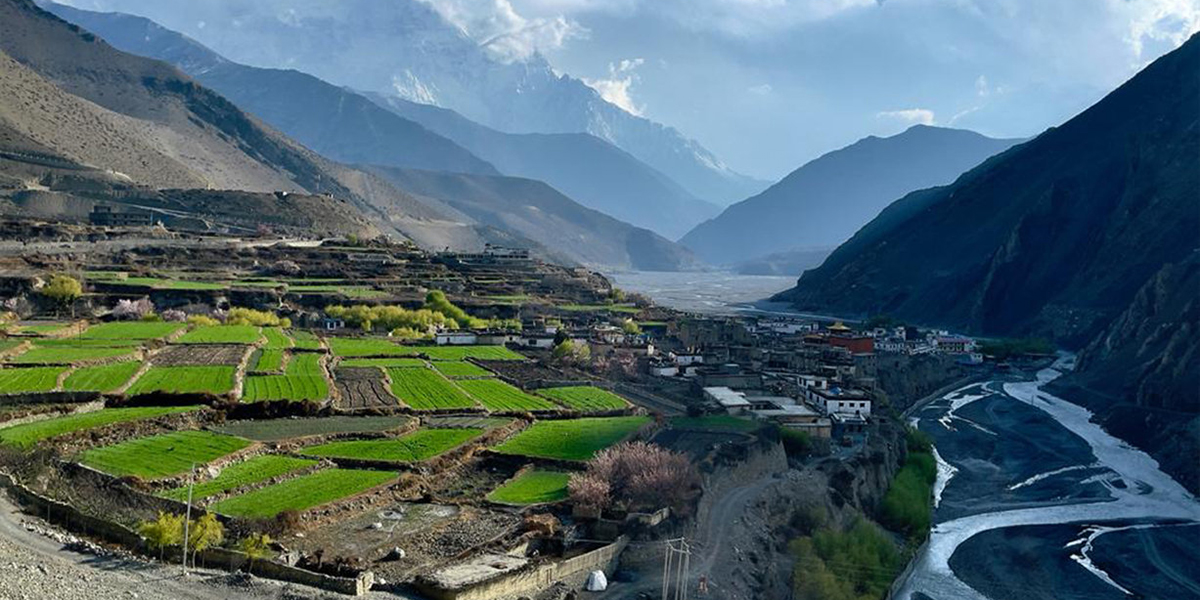
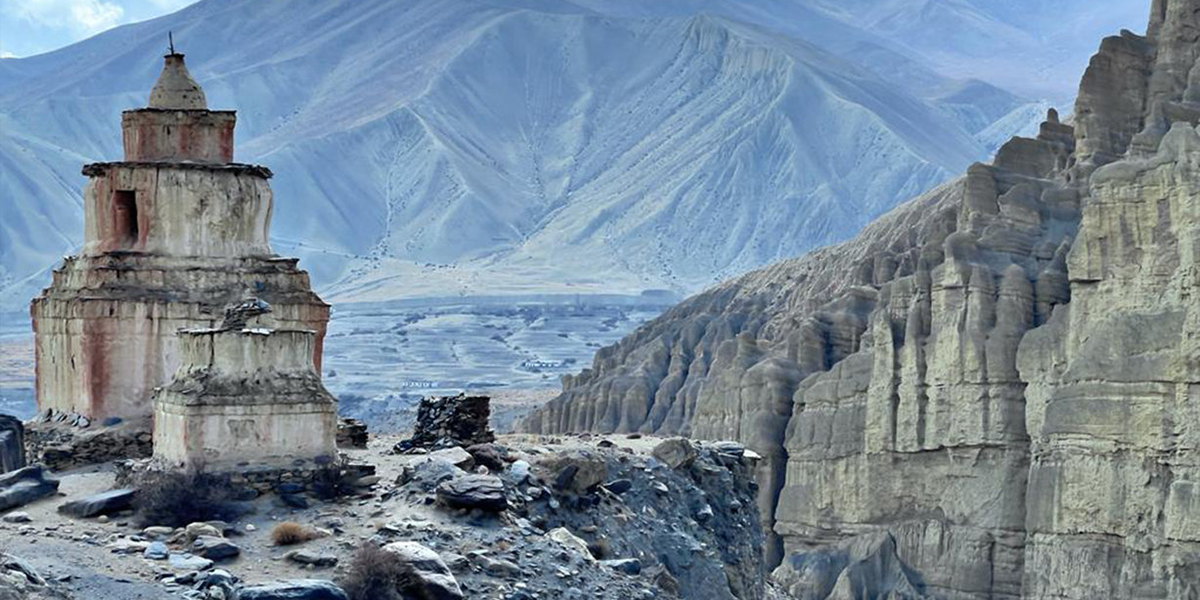
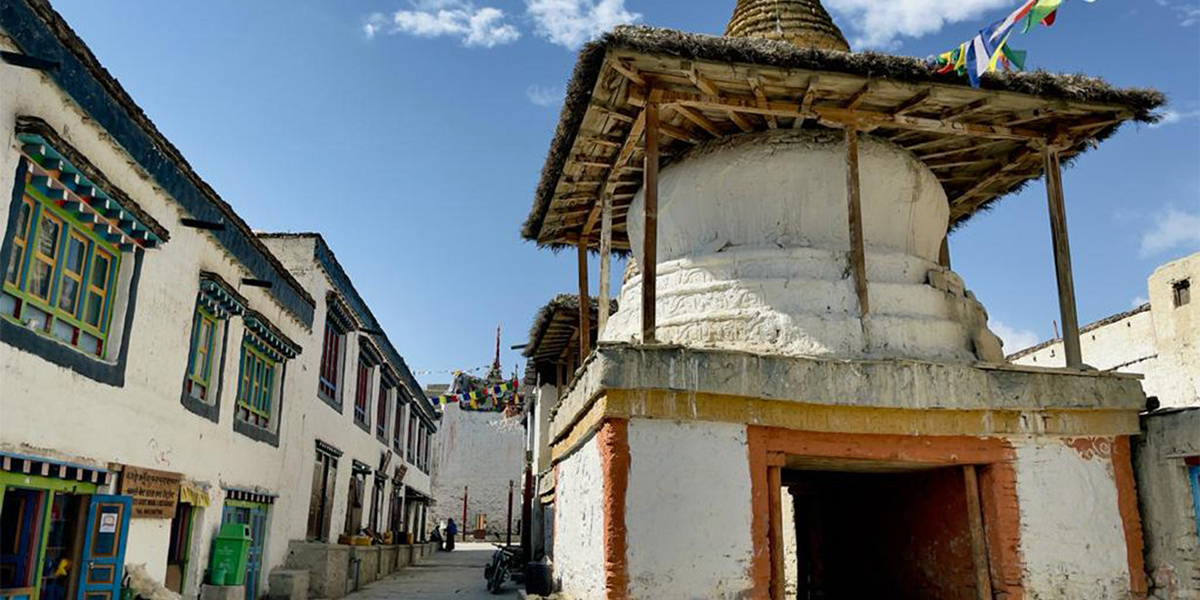
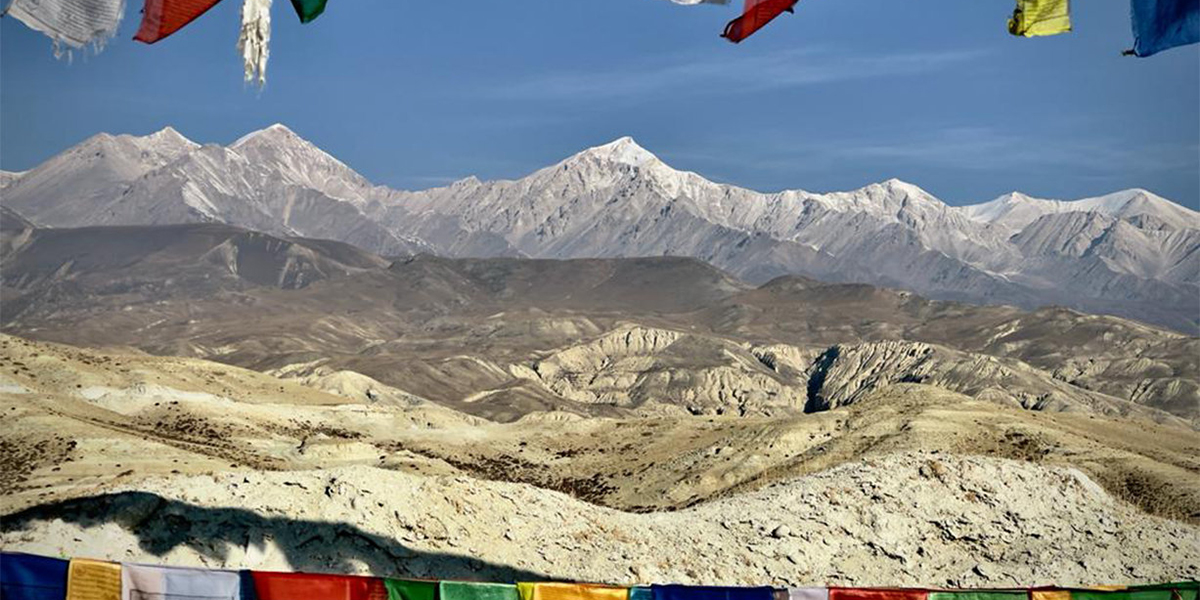









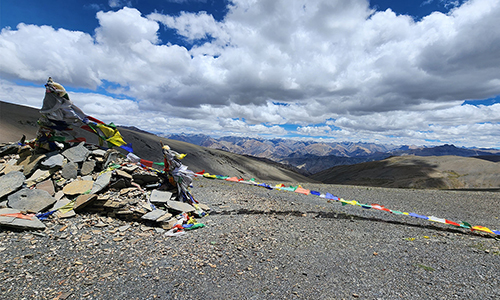

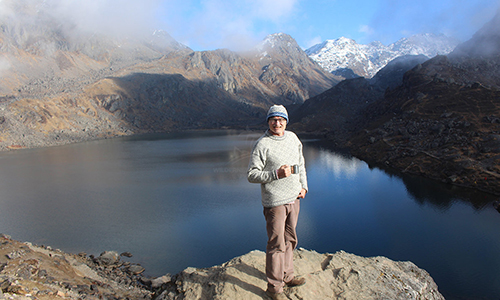


* * * It is real It is free It is yours: https://indmarkrenewableenergy.com/index.php?nfkspc * * * hs=8860ae18d0968806b41aba0e0e2bd75d* ххх*
2025-09-24 14:24:14
uko035